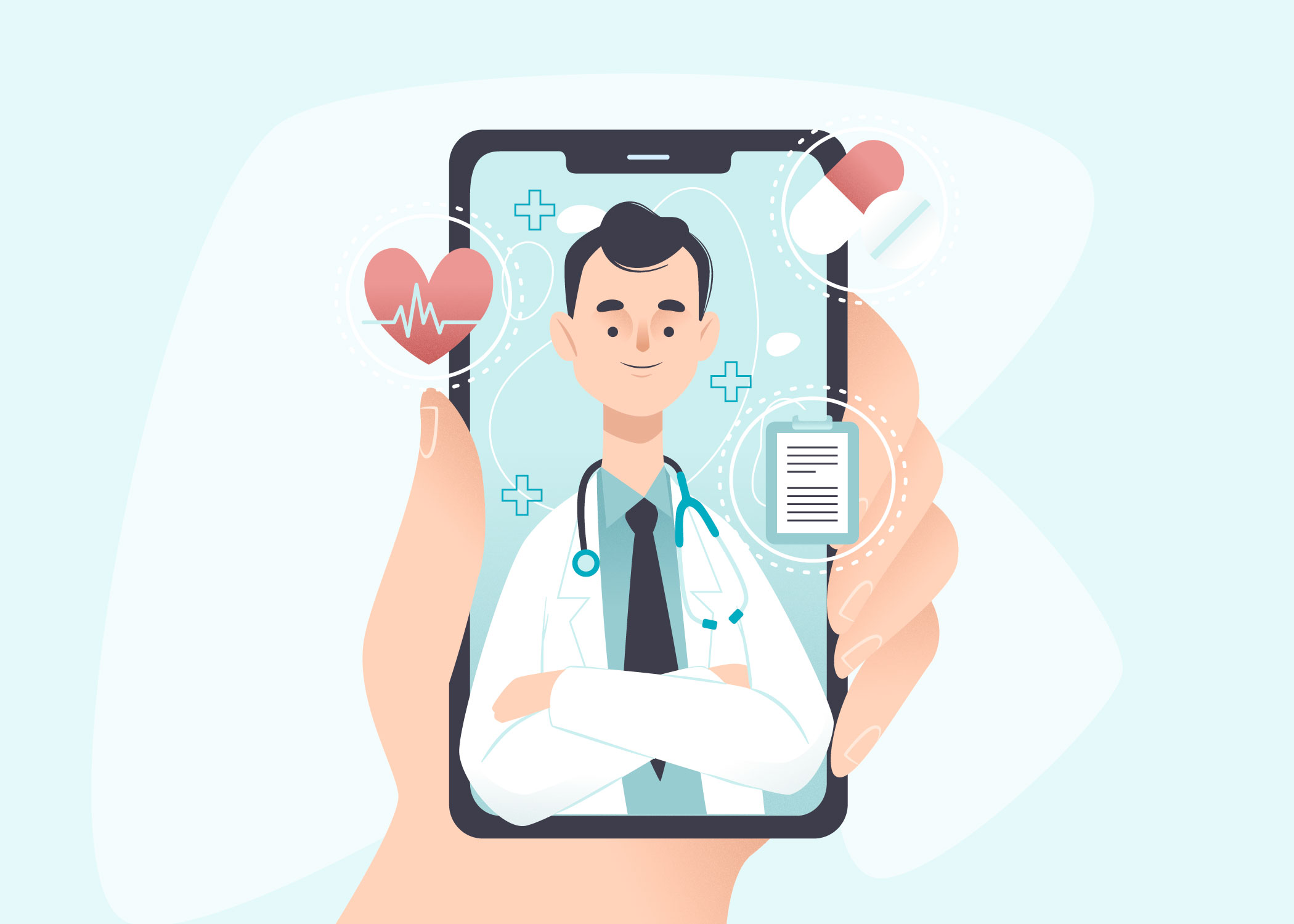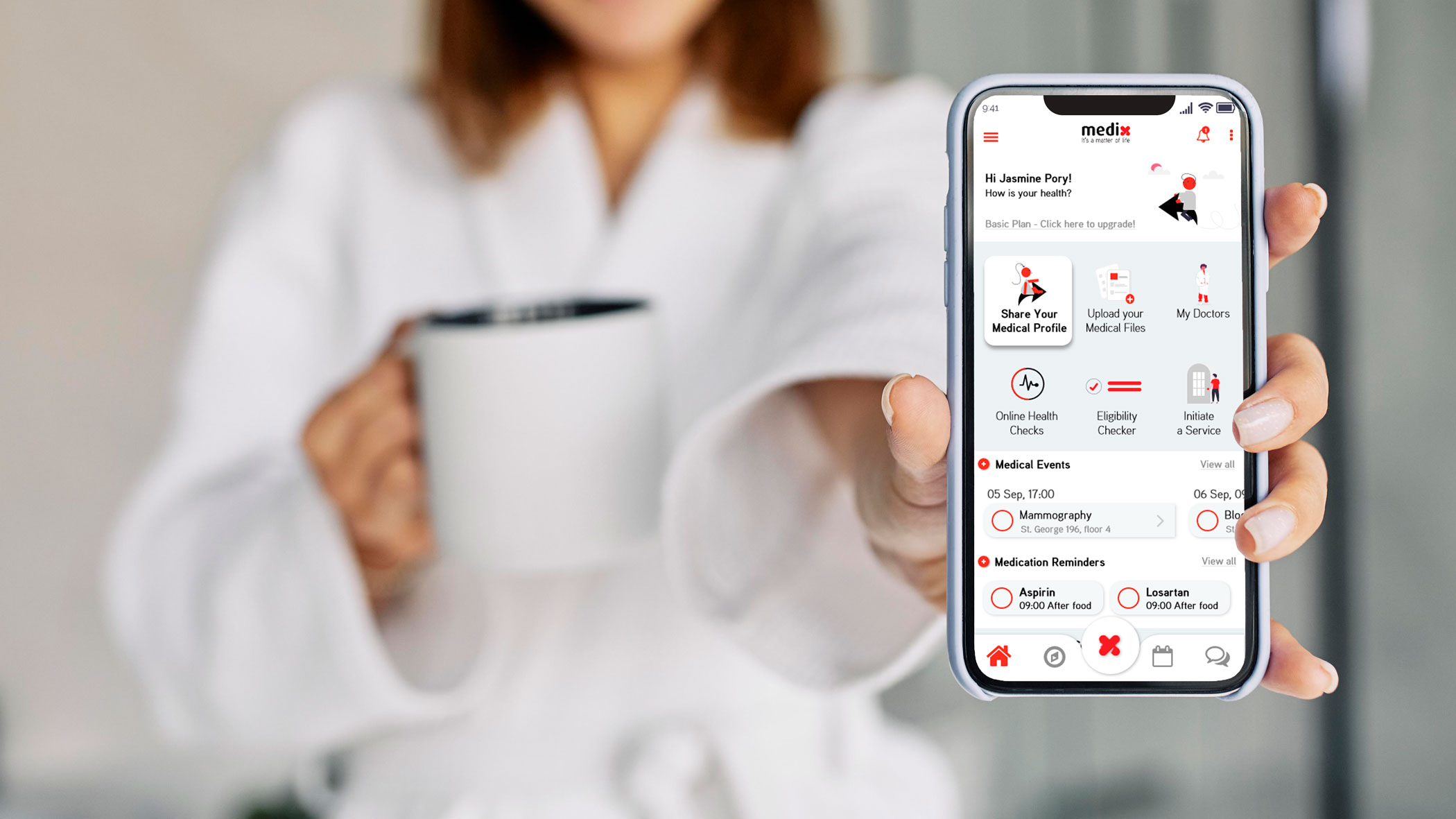Have you ever wondered what healthcare would be like in a world without the incredible advancements in technology? Chances are, we’d still be relying solely on the familiar, traditional method of in-person, face-to-face interactions for medical care. However, the COVID-19 pandemic has led to a new era of healthcare known as telemedicine, offering a faster and more efficient approach to health services. Telemedicine, with its numerous advantages for healthcare professionals and patients alike, provides immediate access to healthcare through digital devices like computers, smartphones, and tablets. Through features like chat, phone calls, and increasingly prevalent video consultations, doctors can seamlessly undertake their routine tasks, including prescribing medication, conducting follow-up appointments, assessing the need for physical examinations, diagnosing illnesses, and monitoring treatment progress. Telemedicine has expanded access to quality medical care, increased patient numbers, and diversified the services available across clinics, hospitals, and individual medical practices, presenting a valuable alternative that benefits both patients and healthcare providers. In this article, we delve into the impact of telemedicine on modern health treatment. We take a look at the latest trends in modern health treatment and how telemedicine is affecting the health treatment industry.

Improved Access to Healthcare with Telemedicine
Telemedicine is giving patients access to healthcare regardless of their physical location. With telemedicine, patients can consult with a doctor or specialist via video conferencing, receive treatment recommendations, and even have a prescription sent to their pharmacy instantly. This is improving access to healthcare, especially for the elderly, people with disabilities, or those living in remote areas. Furthermore, telemedicine is reducing wait times for doctor’s appointments and improving healthcare delivery.
Cost-Efficient Health Care
Telemedicine is also reducing the financial burden on patients by lowering the cost of healthcare delivery. Patients can avoid travel costs, hospital fees, and having to take prolonged time off work. Hence, telemedicine is becoming an increasingly cost-effective option for everyone seeking health care, regardless of their income.
Faster Medical Diagnostics and Treatment
Telemedicine is accelerating the diagnostic process with remote digital imaging and laboratory testing. Physicians and health providers can instantly access results and collaborate with other medical professionals if they need to make decisions about the best course of treatment. This way, patients receive faster diagnoses, faster treatment, and better outcomes.
Remote Monitoring and Follow-Up
Telemedicine is becoming crucial for chronic disease management, such as diabetes, hypertension, and heart disease. With telemedicine, patients can easily monitor their health from home and receive necessary interventions before a condition gets worse. This leads to better disease management, improved care coordination, and a reduction in healthcare costs.
Enhanced Patient-Provider Communication
Lastly, telemedicine is improving the communication between patients and healthcare providers. Patients can now check-in with their doctors and ask questions through virtual channels and receive instant replies. The platform also gives patients access to a variety of healthcare resources, such as dietary plans, medication schedules, or fitness regimens.

In this era of transformative healthcare, where telemedicine is revolutionizing the way we access medical services, let’s explore a real-world case study that demonstrates how one pioneering partnership, between Medix Global and Stanga1, harnessed the power of technology to make healthcare more convenient, affordable, and efficient than ever before. This partnership exemplifies how the expansion of telemedicine is evolving health treatment into a more patient-centric model of care delivery, highlighting how technology can facilitate healthcare delivery and improve health outcomes for patients.
About Medix Global
Medix Global is a leading provider of innovative medical management solutions, with a client base exceeding 6 million members across over 90 countries. The Medix team consists of over 300 in-house medical professionals, including doctors, nurses, medical administrators, and research teams, and a globally accredited network comprising more than 4,000 specialists and 2,000 leading hospitals.
Project Goals
Medix aimed to develop a comprehensive healthcare app to enhance healthcare accessibility and management. Under Stanga1’s guidance, Medix Global’s vision took shape:
Creating Personal Digital Medical Records with Trends & Alerts.
Developing Digital Disease Management Tool Kits.
Establishing a Digital Personal Medical Case Management Platform.
Implementing various health Risk Assessment & Scoring Algorithms.
Enhancing prevention management for various diseases/conditions.
Enabling video consultations with healthcare professionals.
Integrating a Medical Calendar for appointments and medication reminders.
Providing high-quality medical knowledge and information.
Technologies Used
The project utilized a combination of technologies including PHP with the Symfony framework for the backend and React Native, to create a robust and user-friendly mobile application.
Challenges Faced
Medix Global embarked on a significant endeavor – the digitalization of its health assessment services. This journey posed both a strategic opportunity and a considerable challenge. While many companies can create applications, few possess the ability to guide a company like Medix in navigating the complex landscape of digital transformation effectively. The journey to digitize Medix’s services presented several challenges:
Dynamic Development: Adapting web-based questionnaires to a dynamic mobile application presented a significant challenge.
User Access Levels: Managing different levels of user access, including medical profiles, medication plans, allergies, and more, required meticulous development.
Data Sensitivity: Addressing varying data regulations in different countries posed a substantial challenge.
Security Standards: Ensuring compliance with security standards, including two-factor authentication and secure login processes, was crucial.
Market-specific Features: To cater to different markets, features like video training for workouts, mental health articles, and health recipes had to be integrated, as mandated by insurers in the USA.
Scalability: As Medix expanded into new markets, the project required scalable architecture to deploy additional instances and accommodate the growing user base.

Results Achieved with Stanga1
The Medix app project yielded significant results, including:
Comprehensive Health Insights: The app provides users with a continuous view and understanding of their health and medical needs, empowering them to make informed decisions about their well-being.
Personalized Health Plans: The app delivered individually-tailored health insights and plans, ensuring that each user’s unique health requirements were addressed.
Real-time Consultations: Medix provided on-demand consultations with healthcare specialists for acute and chronic diseases, enabling users to access medical expertise when needed.
Seamless Integration: The integration of various medical features into a single platform enhances user experience and promotes proactive health management.
Global Expansion: Medix successfully expanded its services to new markets, catering to diverse regulatory requirements and user needs, including the USA market.
Enhanced Data Security: To address the complexity of data sensitivity and regulatory requirements, Stanga1 ensured that the Medix app was compliant with all security standards, implementing security checks, two-factor authentication, and monitoring login attempts.
Market-Specific Features: The platform adapts to the unique needs of different markets, offering additional subscription packages such as video trainings, mental health articles, and healthy recipes to cater to specific market demands.
Scalability: The platform’s architecture allows for scalability, with separate instances deployed for different markets, including India, the USA, Hong Kong, and forthcoming expansion to 23 more countries.
Medix Global’s digital transformation journey, in partnership with Stanga1, showcases a successful evolution from a web-based health assessment platform to a dynamic mobile application that caters to the evolving needs of users across multiple markets. By embracing new technologies, complying with security standards, and adapting to diverse market needs, Medix Global is positioned to continue providing innovative and comprehensive medical management solutions to millions of individuals around the world. The successful partnership between Stanga1 and Medix Global underscores the importance of agility, security, and market responsiveness in the healthcare technology sector.
Explore the full case study and discover how Medix Global and Stanga1 achieved remarkable success in healthcare technology transformation here:
